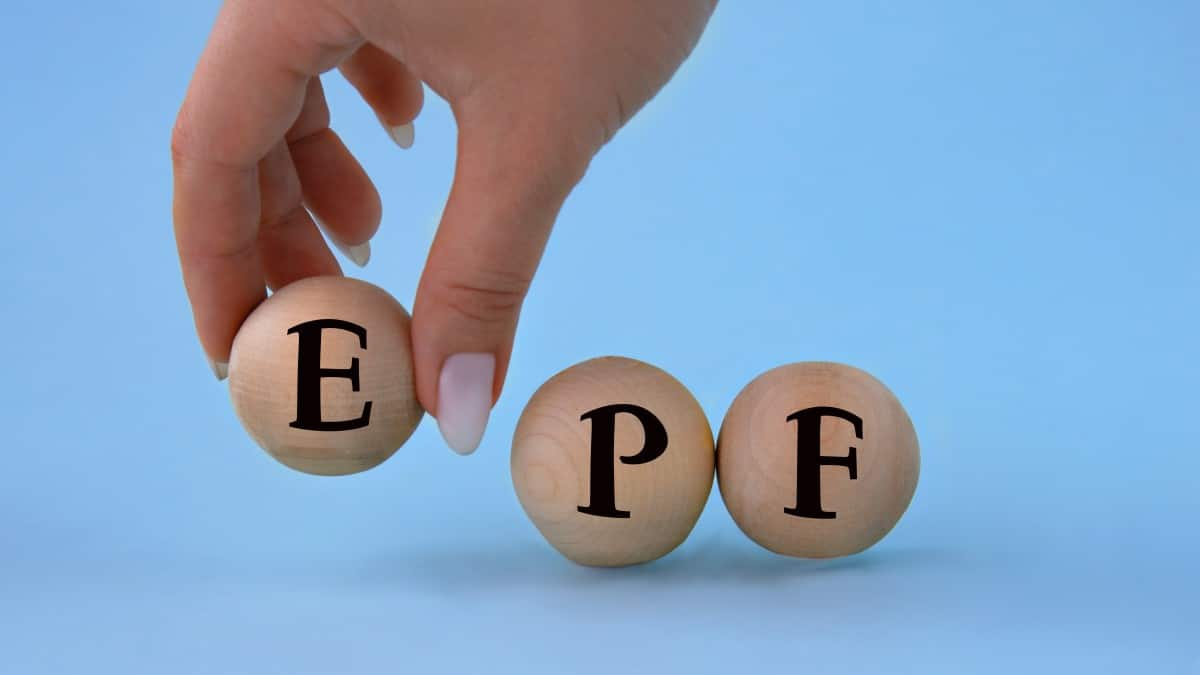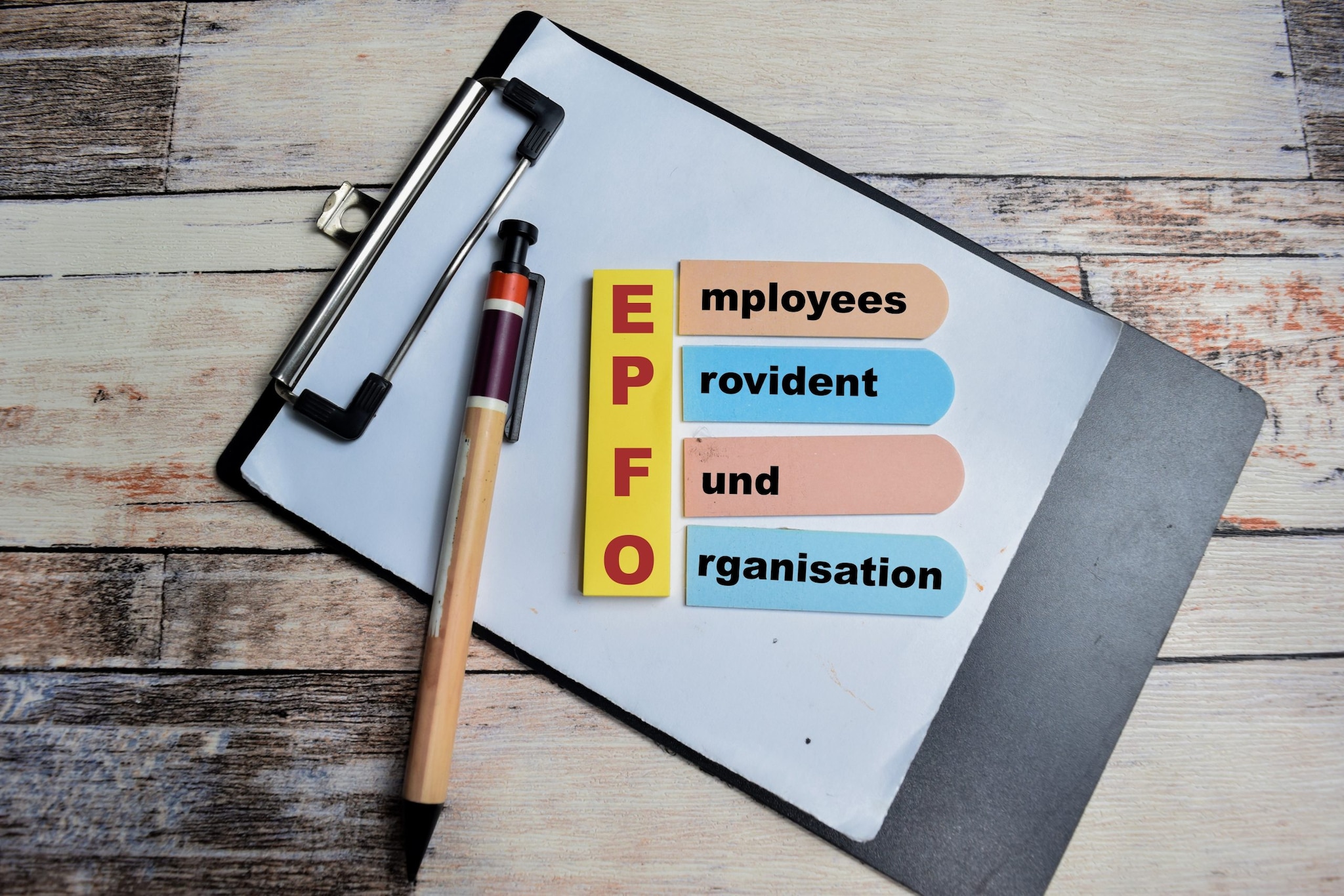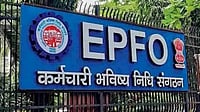Withdrawal Flexibility Expanded
One of the pivotal changes announced by the CBT pertains to EPF withdrawals. Under the amended rules, eligible EPF members can now withdraw their entire
accumulated EPF balance under specific circumstances. This represents a significant shift from previous regulations, which might have restricted the amount that could be withdrawn. The enhanced flexibility provides EPF members with increased access to their funds when faced with financial emergencies or specific life events. It's important to understand the exact conditions under which this 100% withdrawal is permitted. The changes allow individuals to utilize their EPF contributions more readily, providing a safety net in times of need and potentially impacting long-term financial planning strategies.
Minimum Balance Mandates
Alongside the modifications in withdrawal policies, the CBT has also instituted new minimum balance requirements for EPF accounts. These requirements are designed to ensure a certain level of financial stability within EPF accounts and to support the fund's long-term sustainability. These minimum balance rules imply that EPF members must maintain a specific minimum amount in their accounts to ensure their continued eligibility. The specific figures and the reasons behind these thresholds are key. The introduction of minimum balance stipulations has substantial implications for members, particularly for those whose balances are relatively low. This shift necessitates that EPF members monitor their account balances vigilantly and manage their finances accordingly to meet the new criteria.
Vishwas Scheme Unveiled
In a move to address the increasing legal challenges surrounding EPF, the CBT has launched the Vishwas scheme. This initiative focuses on reducing litigation and streamlining dispute resolution processes. The Vishwas scheme offers a structured approach to address various types of EPF-related disputes, aiming to expedite settlements and reduce the burden on both EPF members and the EPFO. The principal goal of the scheme is to resolve pending issues efficiently, thus lessening the strain on the legal system. The implementation of Vishwas aims to create a more harmonious relationship between EPF members and the EPFO. The scheme is expected to simplify processes and provide clearer pathways for resolving disagreements, promoting better financial clarity and confidence within the EPF framework.
Impact and Implications
The combined impact of these EPFO reforms – the withdrawal policies, minimum balance regulations, and the Vishwas scheme – significantly alters the landscape of EPF management. The reforms are intended to make EPF more flexible and user-friendly while strengthening the fund's sustainability. The increased flexibility in withdrawals gives members more control over their savings. The introduction of minimum balance rules adds an element of financial discipline. The Vishwas scheme addresses past disputes, reducing the potential for protracted legal proceedings. EPF members must familiarize themselves with these changes and plan accordingly. This proactive approach will ensure they can fully utilize the benefits of their EPF accounts and navigate the new regulations effectively. It is also crucial to seek further details from official sources, such as the EPFO website and associated communication channels, to ensure awareness.
















